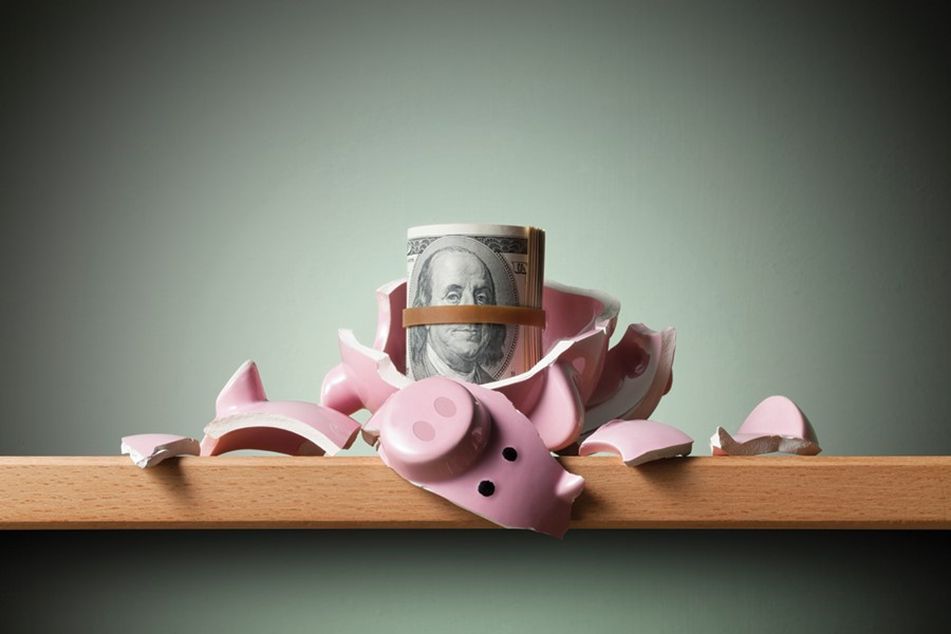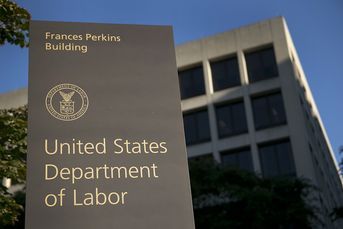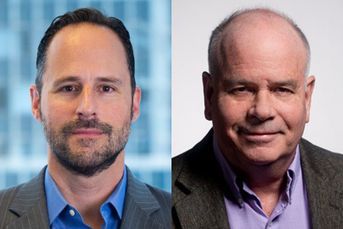COVID-19 could prompt more 401(k) cash-outs

The market dive is likely to result in more early withdrawals and borrowing from retirement plans, particularly by people who don't have access to financial advice
The 401(k) world is likely to see a lot of borrowing and hardship withdrawals very soon, largely by lower-income workers who do not have access to financial advice.
Workers are more likely to pull money out of their retirement plans early during market downturns, and proposed legislation aimed at easing restrictions on accessing the money will almost certainly increase that activity.
“This is a public health cataclysm and an economic cataclysm … almost everyone is going to be financially stressed,” said Joshua Gotbaum, guest scholar of economic studies at The Brookings Institution. “They’re going to want to take money from any source they have to pay the rent, to buy food, to pay for health care, etc.”
In the current environment, that is appropriate, Gotbaum said. “We want people to have money to save for retire, but we want them to live long enough to retire,” he said. “Given the deadliness of this virus, the first order of business is to take care of your health.”
A Senate bill that is part of a COVID-19 economic relief package would waive the 10% penalty for early withdrawals on up to $100,000 for people who are diagnosed with the virus. That provision would apply to retirement plans and individual retirement accounts.
After the 2008 financial crisis, borrowing from 401(k) accounts increased by 25% by 2010, though it has tapered off over the past several years, according to data from two record keepers.
“In the years before the financial crisis in 2008, roughly 22% of participants had an outstanding loan,” Rob Austin, head of research at Alight Solutions, said in a statement provided by a company spokesperson. “The percentage climbed over the next few years but didn’t hit its peak [at about 28%] until 2010. It has been slowly decreasing since then and had just about returned to pre-2008 levels.”
In 2007, about 11% of participants in Alight’s book of defined-contribution business had initiated loans, and that rate increased to nearly 14% in 2010, according to the company. In 2019, by comparison, less than 11% of participants took out 401(k) loans, and less than 24% had loan balances.
Statistics from Vanguard’s How America Saves report show a 19% increase in the rate of new 401(k) loans in 2009 and a 14% increase in 2010. Conversely, 2008 saw a decrease of 7% over the rate of loans initiated in 2007, Vanguard’s data show.
It’s not clear whether the COVID-19 pandemic and market dive will lead the same level of borrowing activity, Austin noted.
“The immediate reaction, a lot of the time, from retirement plan providers is, ‘Don’t touch it,’” said Anastasia Krymkowski, associate director of retirement at Cerulli Associates.
But for people struggling to pay their bills, “it’s a matter of conflicting priorities,” Krymkowski said. “We were seeing some of this even before the current pandemic.”
Only about 35% of retirement plan participants have financial advisers, according to Cerulli’s annual 401(k) survey.
Workers who are younger and less affluent are less likely to work with advisers, the survey found. About 29% of plan participants who have less than $100,000 saved work with advisers, versus 51% among those with $500,000 to $2 million in retirement assets, according to Cerulli. About 30% of people younger than 30 have advisers, compared with about 52% of those who are in their 70s.
People who have relationships with financial advisers are probably reacting much differently to the recent market volatility than those don’t receive advice, Krymkowski said.
“When we surveyed households last year, a third of them were fully expecting a recession in 2020,” she said. People who were prepared for that likely have emergency savings and a long-term financial plan, she noted.
However, “not everyone can go around and shop for an unbiased adviser,” Krymkowski said.
Learn more about reprints and licensing for this article.








